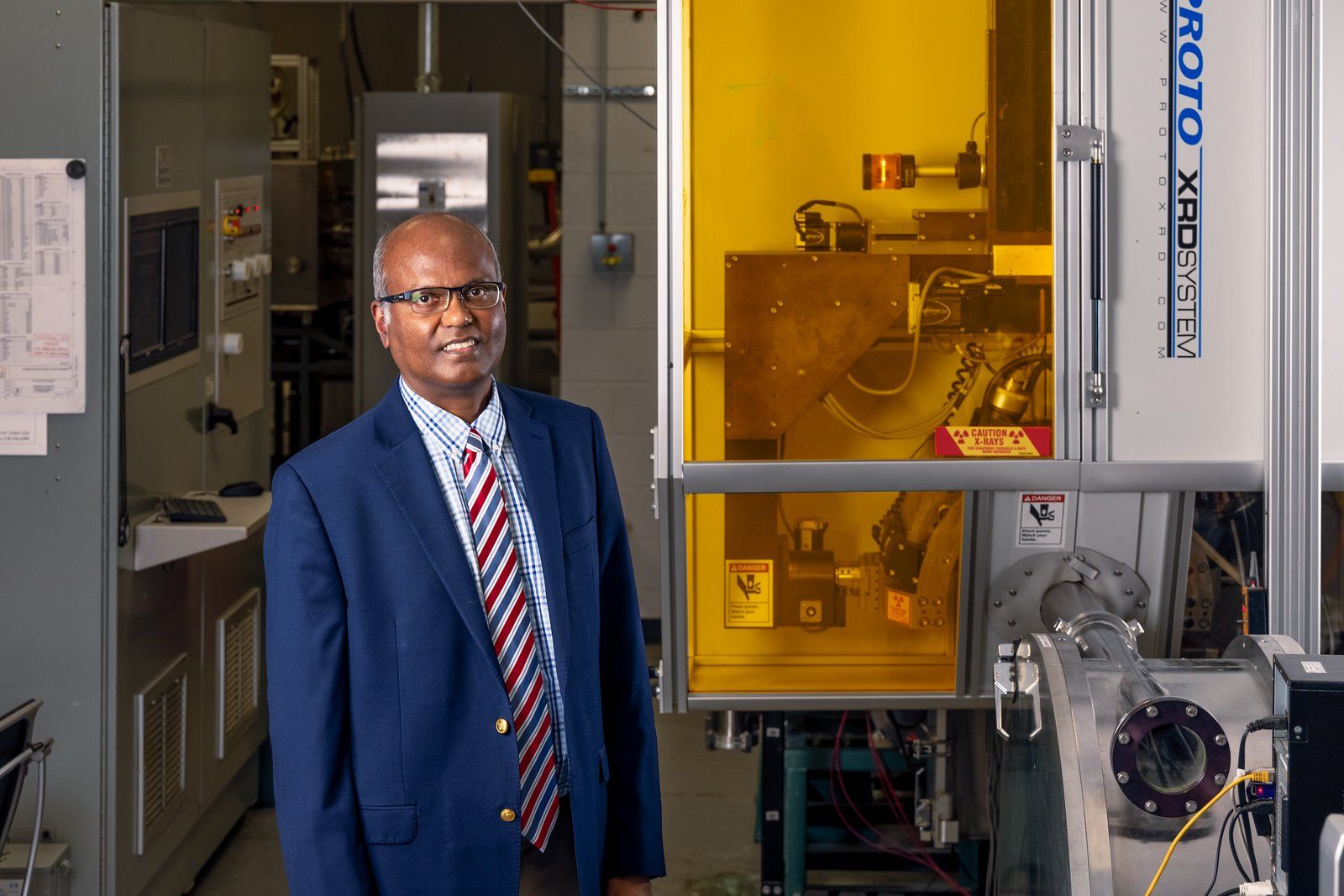taking on tape
University of Houston pockets $5M in DOE funding for superconductivity projects

Two UH-affiliated organizations scored DOE funding for advancing superconductivity projects. Photo courtesy of UH
A program within the U.S. Department of Energy has deployed $10 million into three projects working on superconducting tape innovation. Two of these projects are based on research from the University of Houston.
The DOE's Advanced Research Projects Agency-Energy, or ARPA-E, issued the funding through its Novel Superconducting Technologies for Conductors Exploratory Topic. Superconductivity — found only in certain materials — is a focus point for the DOE because it allows for the conduction of direct electric current without resistance or energy loss.
The demand for HTS, or high-temperature superconducting, tapes has risen as the country moves toward net-zero energy, driving up the cost of the materials, which are manufactured outside of the U.S. Here's where the DOE wants to help.
“If we can improve superconductors and manufacture them here in the United States, we can ultimately speed up the energy transition through enabling cost savings, faster production, and improved capability,” ARPA-E Director Evelyn N. Wang says in the DOE press release. “The teams [selected] will all pursue ARPA-E’s mission to lower emissions, bolster national security, increase energy independence and improve energy efficiency through their critical research.”
Selva Research Group, a team from UH focused on scaling HTS tape production and led by Venkat Selvamanickam, M.D. Anderson Chair Professor of Mechanical Engineering and director of the Advanced Manufacturing Institute, received a $2 million grant.
“Even though our superconducting tape is three times better than today’s industry products, for us to be able to take it to full-scale commercialization, we need to produce it faster and at a lower cost while maintaining its high quality,” Selvamanickam says in a UH press release. “This funding is to address this challenge and it’s an important step forward towards commercialization of our technology.”
The other UH-based team is MetOx Technologies, which secured $3 million in funding to support the advancement of its proprietary manufacturing technology for its HTS wire. Co-founded in 1998 by Alex Ignatiev, UH professor emeritus of physics and a fellow of the National Academy of Inventors, who also serves as the company’s chief science officer, MetOx plans to open its new manufacturing facility by the end of the year.
“This ARPA-E funding not only allows MetOx to advance its HTS wire fabrication process that I developed at UH, but also signifies the DOE’s recognition that MetOx is important,” Ignatiev says in the release. “The cost-effective HTS product that MetOx is developing at scale is critical to the national and global application of HTS for the world’s energy needs.”
The ARPA-E funding emphasizes the need for advancement of HTS tape innovation, and UH-affiliated groups receiving two of the three grants indicates the school is a leader in the space — something UH Vice President for Energy and Innovation Ramanan Krishnamoorti is proud of.
“These awards recognize the relevance and quality of the research at UH and our commitment to making a meaningful impact by addressing society’s needs and challenges by transitioning innovations out of research labs and into the real world,” Krishnamoorti says in the release.